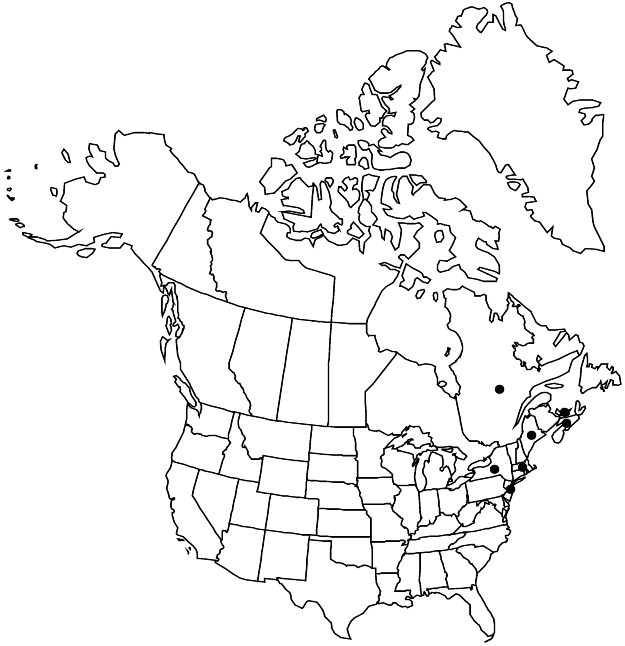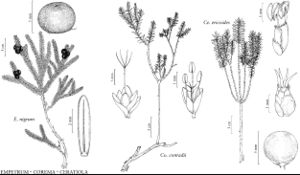Difference between revisions of "Corema conradii"
in J. C. Loudon, Encycl. Trees Shrubs, 1092. 1842 ,.
FNA>Volume Importer |
imported>Volume Importer |
||
| Line 7: | Line 7: | ||
}} | }} | ||
|common_names=Corème de Conrad | |common_names=Corème de Conrad | ||
| + | |special_status={{Treatment/ID/Special_status | ||
| + | |code=F | ||
| + | |label=Illustrated | ||
| + | }}{{Treatment/ID/Special_status | ||
| + | |code=E | ||
| + | |label=Endemic | ||
| + | }} | ||
|basionyms={{Treatment/ID/Basionym | |basionyms={{Treatment/ID/Basionym | ||
|name=Empetrum conradii | |name=Empetrum conradii | ||
| Line 55: | Line 62: | ||
|publication title=in J. C. Loudon, Encycl. Trees Shrubs, | |publication title=in J. C. Loudon, Encycl. Trees Shrubs, | ||
|publication year= | |publication year= | ||
| − | |special status= | + | |special status=Illustrated;Endemic |
| − | |source xml=https:// | + | |source xml=https://bibilujan@bitbucket.org/aafc-mbb/fna-data-curation.git/src/bb6b7e3a7de7d3b7888a1ad48c7fd8f5c722d8d6/coarse_grained_fna_xml/V8/V8_956.xml |
|subfamily=Ericaceae subfam. Ericoideae | |subfamily=Ericaceae subfam. Ericoideae | ||
|genus=Corema | |genus=Corema | ||
Revision as of 00:17, 28 May 2020
Plants diffusely branched, 15–60 cm; bark gray to orange-red, exfoliating on older branches. Leaves 2–4 per node; petiole appressed to ascending, tan to red, 0.4–0.7 mm; blade yellow-green, linear, 3–6 × 0.5–0.8 mm, base acute to rounded, apex obtuse, surfaces minutely glandular-hairy to glabrate, abaxial surface with prominent longitudinal groove. Inflorescences: bracts 1[–3] per flower, sessile, ovate, 1–1.5 mm; bracteoles absent. Flowers subsessile; sepals persistent, imbricate, reddish purple, ovate, 1.5–2.3 × 0.7–1.5 mm, margins erose; filaments 2–4 mm; anthers reddish purple, 1 mm; pistils reddish purple, 1.3–1.6 mm; ovary ovoid, 0.6–0.8 mm; style 1–2 mm; stigmas 0.5–1 mm. Drupes gray, 1–1.5 mm. 2n = 26.
Phenology: Flowering Apr–Aug.
Habitat: Sandy and rocky siliceous soils, pine barrens, sand hills, rocky hilltops, coastal habitats
Elevation: 0-700 m
Distribution

N.S., P.E.I., Que., Maine, Mass., N.J., N.Y.
Discussion
Corema conradii occurs in small, disjunct populations along the Atlantic coastal plain and in the interior uplands of northeastern North America. Seeds are dispersed primarily by ants (P. W. Dunwoodie 1990), and postfire seedling emergence appears to be critical in the life history of the species (C. T. Martine et al. 2005). It is in the Center for Plant Conservation’s National Collection of Endangered Plants.
Selected References
None.
